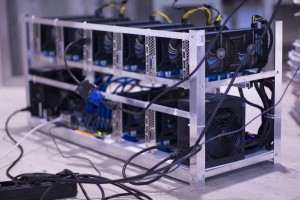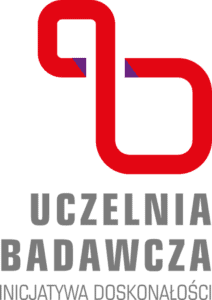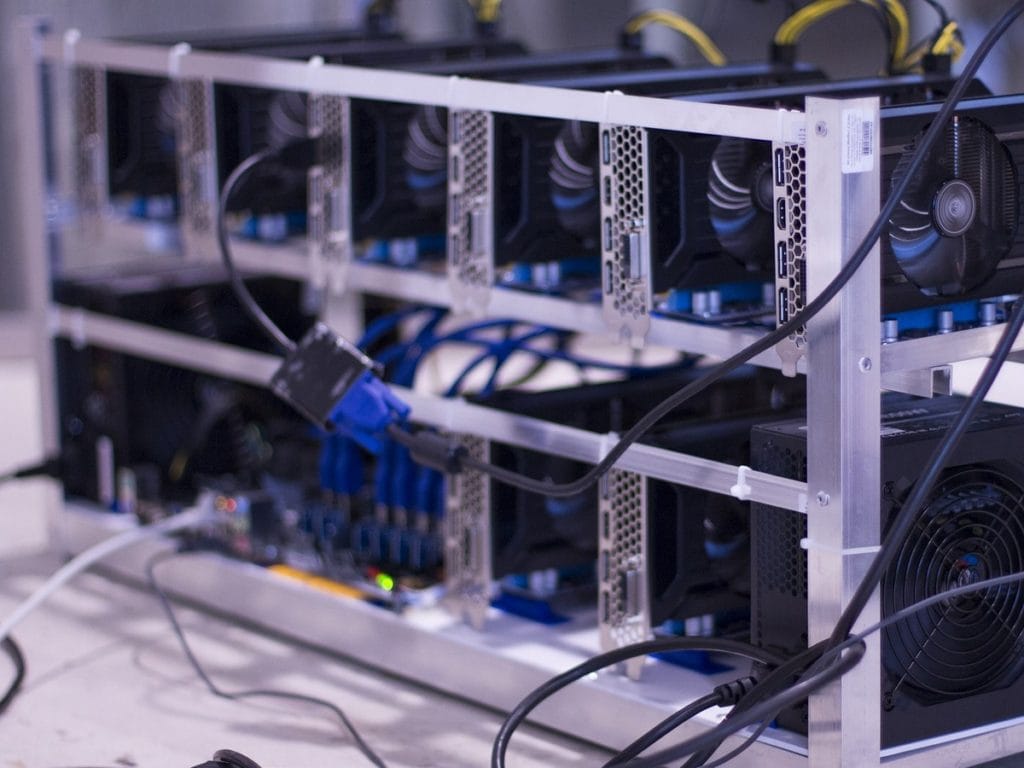One of the most common criticisms of blockchain technologies concerns the wasteful use of resources, specifically, electric energy. Blockchain mining farms, the argument goes, use in total as much energy as a small country, and they spend it all on useless computation, puzzle solving. In principle it is true, but only when you look at the surface of things. It can be said that this computer power, this energy, is being spent on doing what countries or companies are doing.
Łukasz Jonak, Analityk DELab UW
 The energy, electricity a certain kind of blockchains (public, permissionles, based on proof-of-work) are expending is a cost of their key feature – the certainty that you can participate in the blockchain system knowing nothing about other participants and still be sure that it truthfully stores and processes information and that it is practically immune to attacks. Energy is spent mainly by „miners”, participants of the system who are responsible and rewarded for keeping it safe. However, first they need to make an investment – buy hardware and keep their mining operations running by constantly purchasing energy (sold to them by power-plants, considerable number of which use burn coal, poisoning the environment). Miners can only earn rewards which offset their investment if they faithfully take care of the security and veracity of the system – validate incoming transactions, pack them into consecutive blocks and make them part of the chain – they are incentivised to act in the interest of the system. This scheme makes possible to have a decentralized currency and bank (as in Bitcoin), or distributed, global computer (Ethereum), which can do what Bitcoin network does and more (eg. run decentralized organisation).
The energy, electricity a certain kind of blockchains (public, permissionles, based on proof-of-work) are expending is a cost of their key feature – the certainty that you can participate in the blockchain system knowing nothing about other participants and still be sure that it truthfully stores and processes information and that it is practically immune to attacks. Energy is spent mainly by „miners”, participants of the system who are responsible and rewarded for keeping it safe. However, first they need to make an investment – buy hardware and keep their mining operations running by constantly purchasing energy (sold to them by power-plants, considerable number of which use burn coal, poisoning the environment). Miners can only earn rewards which offset their investment if they faithfully take care of the security and veracity of the system – validate incoming transactions, pack them into consecutive blocks and make them part of the chain – they are incentivised to act in the interest of the system. This scheme makes possible to have a decentralized currency and bank (as in Bitcoin), or distributed, global computer (Ethereum), which can do what Bitcoin network does and more (eg. run decentralized organisation).
Traditional institutions achieve similar results by other means. Lets look at a company. Its employees are also incentivised to work towards companie’s goals by wages they are being payed. But then we’ve got companies maintaining corporate culture, scheduling team awaydays, running HR departments that follow employees» progress and make sure their conduct is aligned with where company is headed. All of it uses quite a lot of energy (and burns coal too) and produces what blockchains afford: trust in the system; however, unlike blockchains, in a centralised matter, based on implicit trust between participants of the system, rooted in identity and reputation.
We tend to criticise blockchains» use of resources because usually we don’t really have the insight into what these resources are used for – creating conditions suitable for coordination without the need of a central authority. This is not to justify the environmental unsustainability of the way blockchains are being fuelled (and some blockchains are already moving away from wasteful proof-of-work model), only to show that their fuel is not that different from the one burned by traditional institutions, to the similar effect.
The real question is: to what degree these results (trust in the system produced by both kinds of systems) are actually comparable.
Autor projektu: Łukasz Jonak
Projekt finansowany ze środków programu „Dialog” MNiSW



